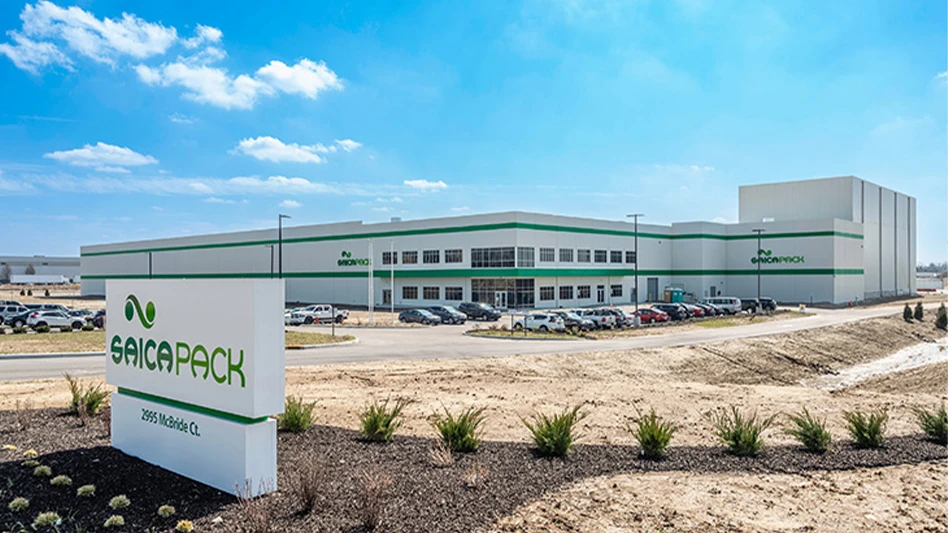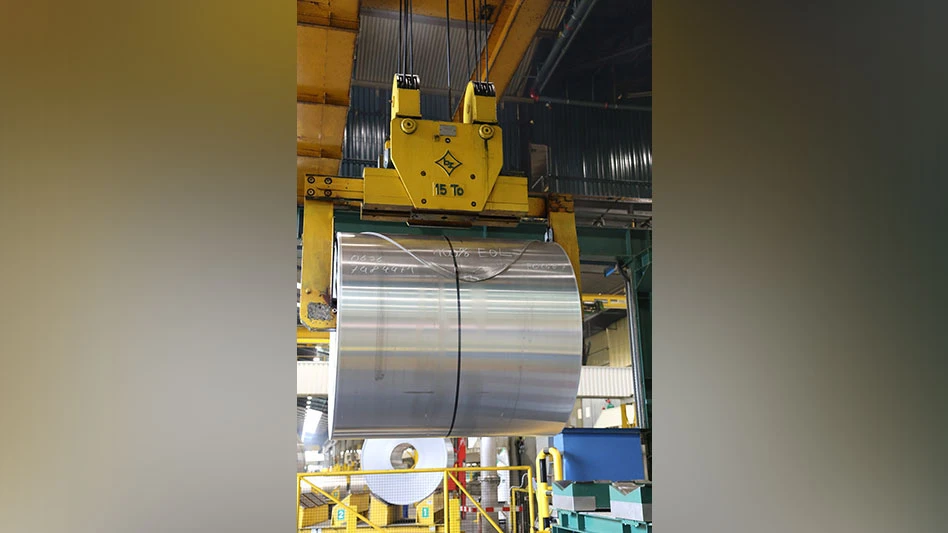Someone once quipped, “I’d rather be lucky than good.” Often “luck” has to do with the right timing.
As a professional business intermediary, I believe that a number of factors are in play to make 2010 the right time to sell a company. As 2010 began, economic tides were rising somewhat. And, a rising tide will raise all ships; therefore, companies may be more valuable in 2010.
GROWING ECONOMIC CONFIDENCE
According to the November “National Economic Report” by Colorado Springs, Colo.-based KeyValueData, a subsidiary of ValuSource, a leader in the development of intelligent software and tools for business valuation professionals, the recession plaguing the U.S. economy for the past two years finally appears to have ended. On Oct. 20, 2009, the Commerce Department announced that the U.S. economy grew during the third quarter of 2009. This was an increase for the first time in more than a year, signaling a conclusion to the worst U.S. recession in 70 years, according to some observers.
More recent data suggest that the rebound was not quite as strong as originally thought, however. In revised estimates released Nov. 24, 2009, the Commerce Department said GDP actually rose by 2.2 percent for the third quarter of 2009.
The main factors behind the downgrade from the original report, according to the Department’s analysts: consumers did not spend as much as thought, commercial construction was weaker, the nation’s trade deficit was more of a drag on growth and businesses trimmed their inventories significantly. The new figures were, therefore, positive and negative.
“The good news,” according to an Associated Press report, “is that the economy finally started to grow again…The bad news is that the rebound, now and in the months ahead, probably will be lethargic.” (A lethargic rebound may help eliminate another “bubble” that would be sure to “burst.”)
Stocks started off 2009 in dismal shape. But by late March, a turnabout had begun. These positive trends continued throughout the spring and summer of 2009, with the result that by mid-June the Dow-Jones Industrials Index entered positive territory for the year for the first time since January. Stocks largely moved sideways for a time, but October proved to be highly positive, as the Dow reached the 10,000 mark for the first time since October 2008. Then, in early November, the Dow, S&P and NASDAQ indices all rose, achieving year-long peaks. The Dow closed 2009 above 10,400.
REBOUNDING BUSINESS ACTIVITY
U.S. industrial production rose by 0.7 percent in September 2009, representing a third straight monthly gain. For the third quarter as a whole, output climbed at an annual rate of 5.2 percent, the first quarterly gain since the first quarter of 2008 and the largest increase since the first quarter of 2005. U.S. manufacturing output also advanced by 0.6 percent during August and subsequently rose by 0.9 percent in September. The U.S. Bureau of Economic Analysis further reported that corporate profits from production rose by $67.6 billion in the second quarter of 2009 following a $59.1 billion jump for the first quarter.
The U.S. auto market stabilized in October, recovering from the end of the government’s “Cash for Clunkers” program that led to the previous month’s declines. Overall, new U.S. vehicle sales reached an annual rate of 10.46 million—up from the annualized 9.22 million in sales for September but still slightly below the October 2008 level of 10.82 million, AutoData Corp., Woodcliff Lake, N.J., reported Nov. 4. The major U.S. automakers experienced mixed results: sales at General Motors and Ford Motor Co. improved slightly, while Chrysler suffered a sharp, year-over-year drop of 30 percent.
The December USA Today/IHS Global Insight Economic Outlook Index indicated moderating but firm growth in the first half of 2010 after a strong recovery in the second half 2009. At that time, the Index forecasted slightly slower growth in the first half of 2010 as the inventory cycle turned, credit conditions remained tight and consumer spending lost the support of government stimulus programs.
As of February 2010, the USA Today/IHS Global Insight Economic Outlook forecasts real GDP growth of greater than 4 percent for January through April, followed by slower but solid growth May through July.
INCREASING CREDIT AVAILABLITY
In late December 2009 President Obama signed the U.S. Department of Defense (DoD) appropriations bill, which included $125 million to continue through Feb. 28, 2010, the enhancements to SBA (Small Business Administration) loan guarantee programs made possible through the American Recovery and Reinvestment Act (ARRA). The enhancements affected SBA’s two largest loan programs (one for the acquisitions of businesses and one for real estate acquisitions). The program has been extended through September 2010.
According to a statement issued by SBA Administrator Karen Mills, “SBA’s most popular ARRA provisions—the increased guarantee and reduced fees in the two largest lending programs—have helped engineer a significant turnaround in SBA lending. Continuing those ARRA provisions is SBA’s top priority. Through the original $375 million and the additional $125 million appropriations for these two provisions, SBA has supported more than $20 billion in lending to small businesses across the country and seen its average weekly loan volume increase by nearly 90 percent since February 2009.”
The U.S. Senate Committee on Small Business and Entrepreneurship passed two bills Dec. 17, 2009, to increase access to capital for small businesses and enhance small business trade opportunities. S. 2869, the "Small Business Job Creation and Access to Capital Act of 2009," includes provisions to increase SBA loan limits and extend government guarantees and fee eliminations enacted in the ARRA. S. 2862 will ensure small businesses have access to the resources and tools needed to explore new export opportunities in emerging markets or expand their current export business.
S. 2869 contains several critical provisions to bolster SBA assistance to America's nearly 30 million small businesses and aspiring entrepreneurs. Specifically, the bill would:
• Increase the loan limit on 7(a) loans from $2 million to $5 million;
• Increase the loan limit on 504 loans from $1.5 million to $5.5 million;
• Increase the loan limit on micro loans from $35,000 to $50,000 and increase the maximum loan made to a micro loan intermediary from $3.5 million to $5 million;
• Allow the 504 loan program to refinance short-term commercial real estate debt into long-term, fixed rate loans;
• Extend the authorization to provide 90 percent guarantees on 7(a) loans and fee elimination for borrowers on 7(a) and 504 loans through Dec. 31, 2010; and
• Direct the SBA to create a Web site where small businesses can identify lenders in their communities.
S. 2862 would strengthen and improve support for American entrepreneurs seeking opportunities to expand their business, create new jobs and compete in the international market.
LOOKING AHEAD
The Prime Rate Forecast Web site forecasts the Prime Lending Rate from 2010 through 2040. At Dec. 31, 2009, the prime interest rate was 3.25 percent. That rate is forecast to increase to 4.75 percent by the end of 2010, to 6 percent by the end of 2011 and to 7 percent by the end of 2012. By the end of 2039, the rate is projected to be between 9.5 percent and 10 percent.
The lower the cost of borrowing (to the buyer of the business), the more value an acquired business can have. That means more money to the seller. And, businesses are much quicker to sell when the borrowing rates are lower. 2010 is projected to have the lowest prime rates during the next 40 years.
GETTING A TAX BREAK
Favorable long-term capital gains tax rates are still in effect for 2010. That means that if you sell your company in 2010 and incur long-term capital gains, your maximum federal income tax rate (on the capital gain) will be only 15 percent. Most experts anticipate much higher capital gains tax rates beginning 2011.
2010 may be the perfect year to sell a business. A slow, steady economic rebound; increasing confidence; expanded credit for business acquisition; low interest rates; and very low tax rates create the perfect environment for sellers.
Timing is everything. Don’t wait until later to begin investigating. It takes time to value and prepare a business for sale. Once on the market, it might take from nine to 12 months before closing on a sale.
Get curated news on YOUR industry.
Enter your email to receive our newsletters.

Explore the April 2010 Issue
Check out more from this issue and find your next story to read.
Latest from Recycling Today
- Green Cubes unveils forklift battery line
- Rebar association points to trade turmoil
- LumiCup offers single-use plastic alternative
- European project yields recycled-content ABS
- ICM to host colocated events in Shanghai
- Astera runs into NIMBY concerns in Colorado
- ReMA opposes European efforts seeking export restrictions for recyclables
- Fresh Perspective: Raj Bagaria






